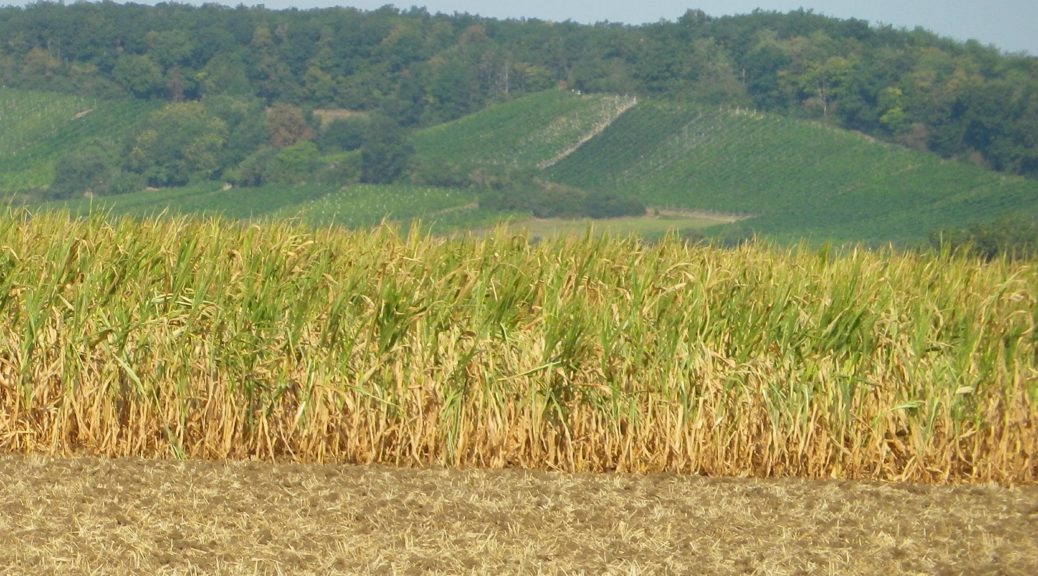A Bocksbeutel is such a distinctive type of wine bottle that words fail me when it comes to describe it. So, I turned to the internet and found in Wiki: “a flattened ellipsoid.” (Try to remember that from geometry class.) Better yet, because “a picture is worth a thousand words,” I photographed a bottle.
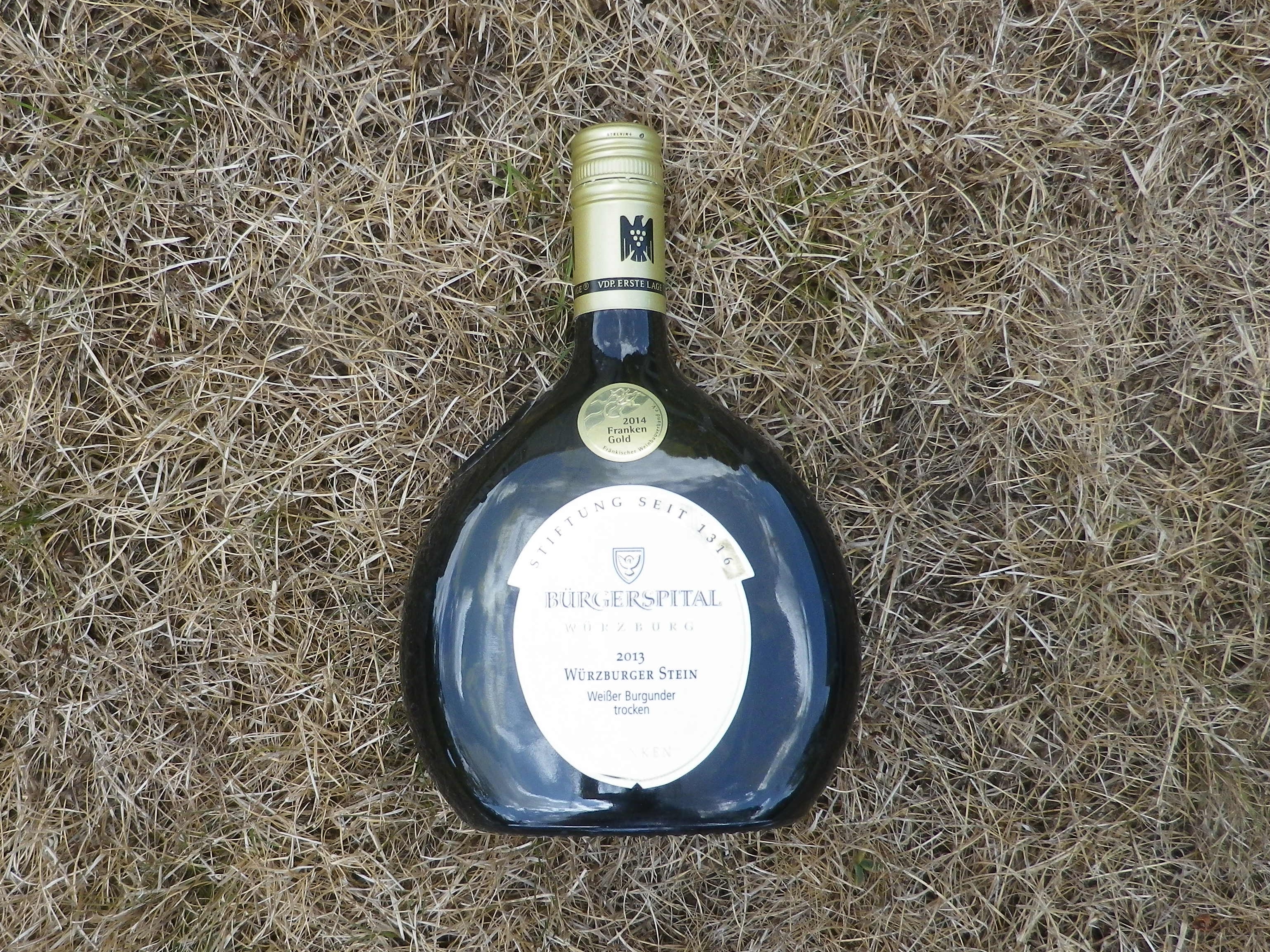
Except for the Portuguese Mateus wine, and a small wine village in Baden, a Bocksbeutel indicates Franconian wine is (or was) inside. Franconian wine is justly famous for its great wines along the Main River from south of Karlstadt, around Wuerzburg, to just north of Volkach. But far from the river, almost equidistant to the famous beer city of Nuremberg, a fragmented pocket of Franconian wine production continues south of the main Steigerwald wine district.
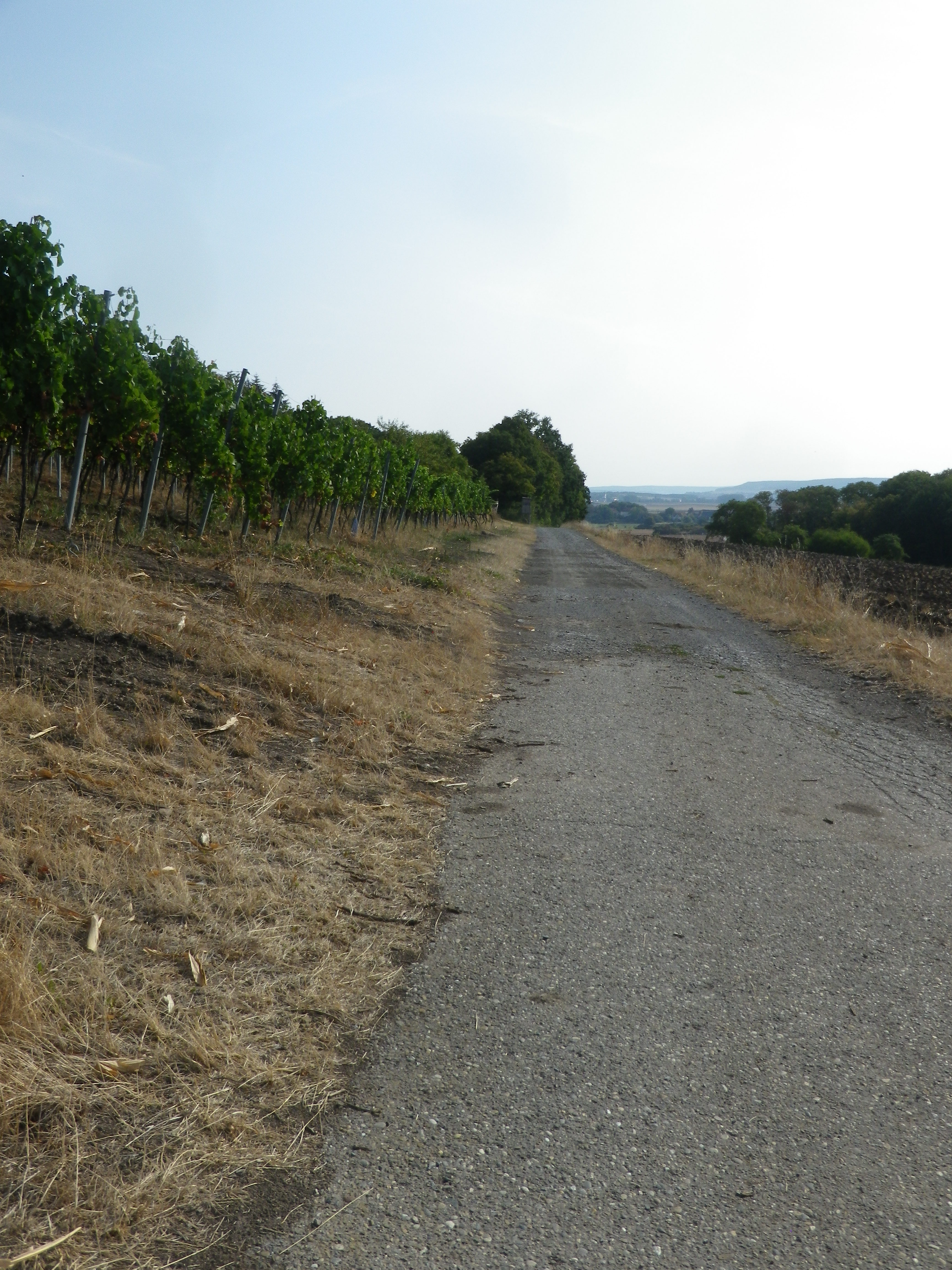
To be honest, Bocksbeutel bottles here were the exception not the rule, with most of the local wine served from Bordeaux or Hock bottles. But Bocksbeutel was the name of the cycling circuit, and being a fan of Main wine, I was determined to cycle it, especially in the Neustadt (Aisch)-Bad Windsheim County section, where I had never visited. Due to time considerations, imposed mostly by a stretch of beastly hot weather, I made an early morning circuit within the larger Bocksbeutelrunde (99 kilometers/61 miles), covered by the local Talauen 6 Bocksbeuteltour cycling circuit.
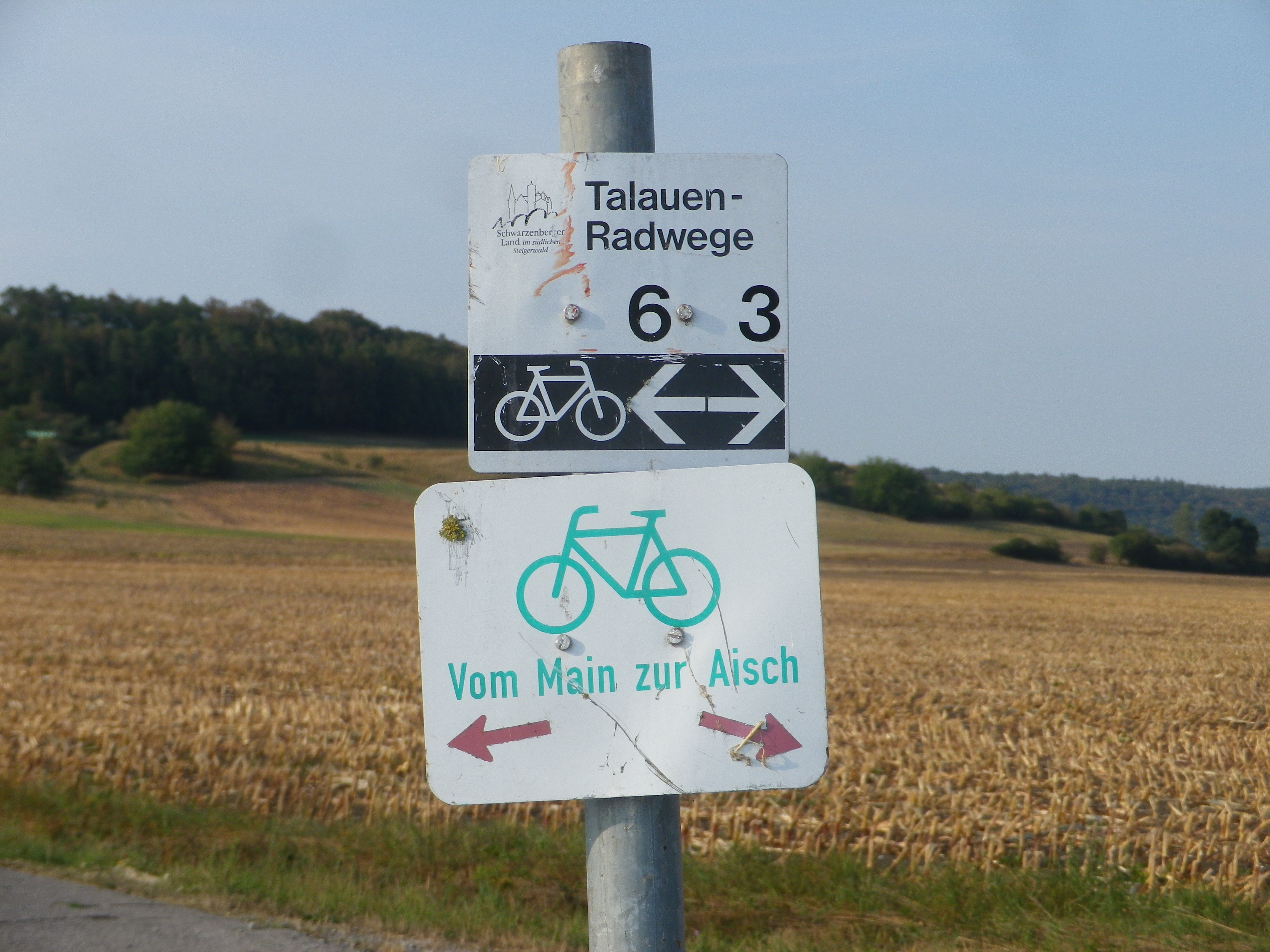
Beginning outside Krautostheim, a typical Franconian village with the outlines of its defensive walls traced by the encircling road, it is evident that the lack of Bocksbeutels was mirrored by a lack of vineyards. This is an area of mixed agriculture, so vineyards are a bit thin on the ground in this section of the county. Consequently, not just from Krautostheim to Ingolstadt, but elsewhere as well, the trails were bordered by fields of vegetables and grains of a wide variety, all dark gold or brown in the unrelenting sun of that summer.
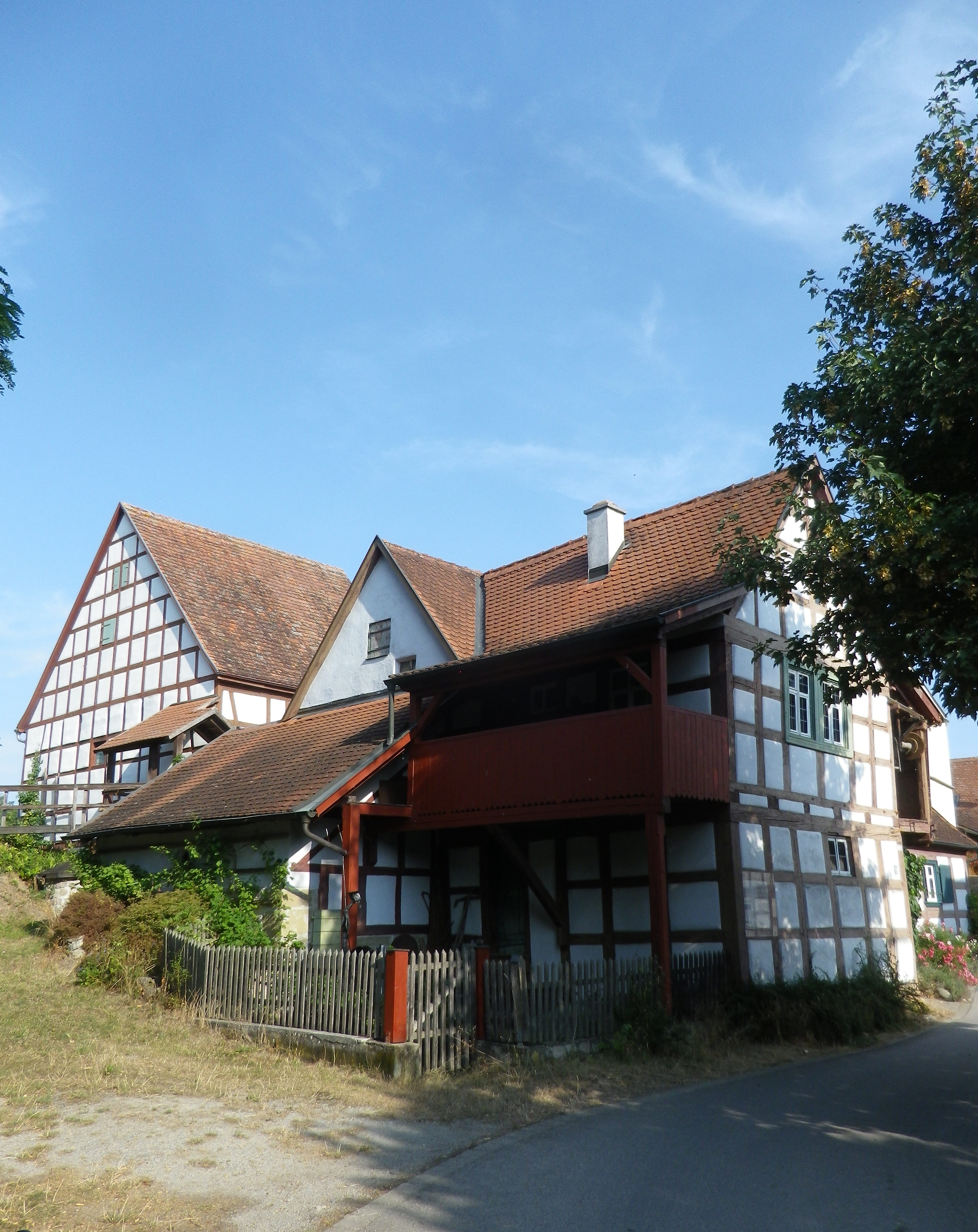
But once in Ingolstadt, where I joined the larger Bocksbeutel circuit, vineyards could be seen at a distance on the south-facing slopes on the trail to Krassolzheim. Aside from the trees, they were about the only green vegetation left! “Amber fields of grains” again predominated around the delightful village of Markt Nordheim. But as the trail approached Ulsenheim, the vineyards appeared for the final time. In fact, Ulsenheim had the largest number of wineries I had seen in any village along this itinerary. Sadly, it was too early in the morning to visit any.
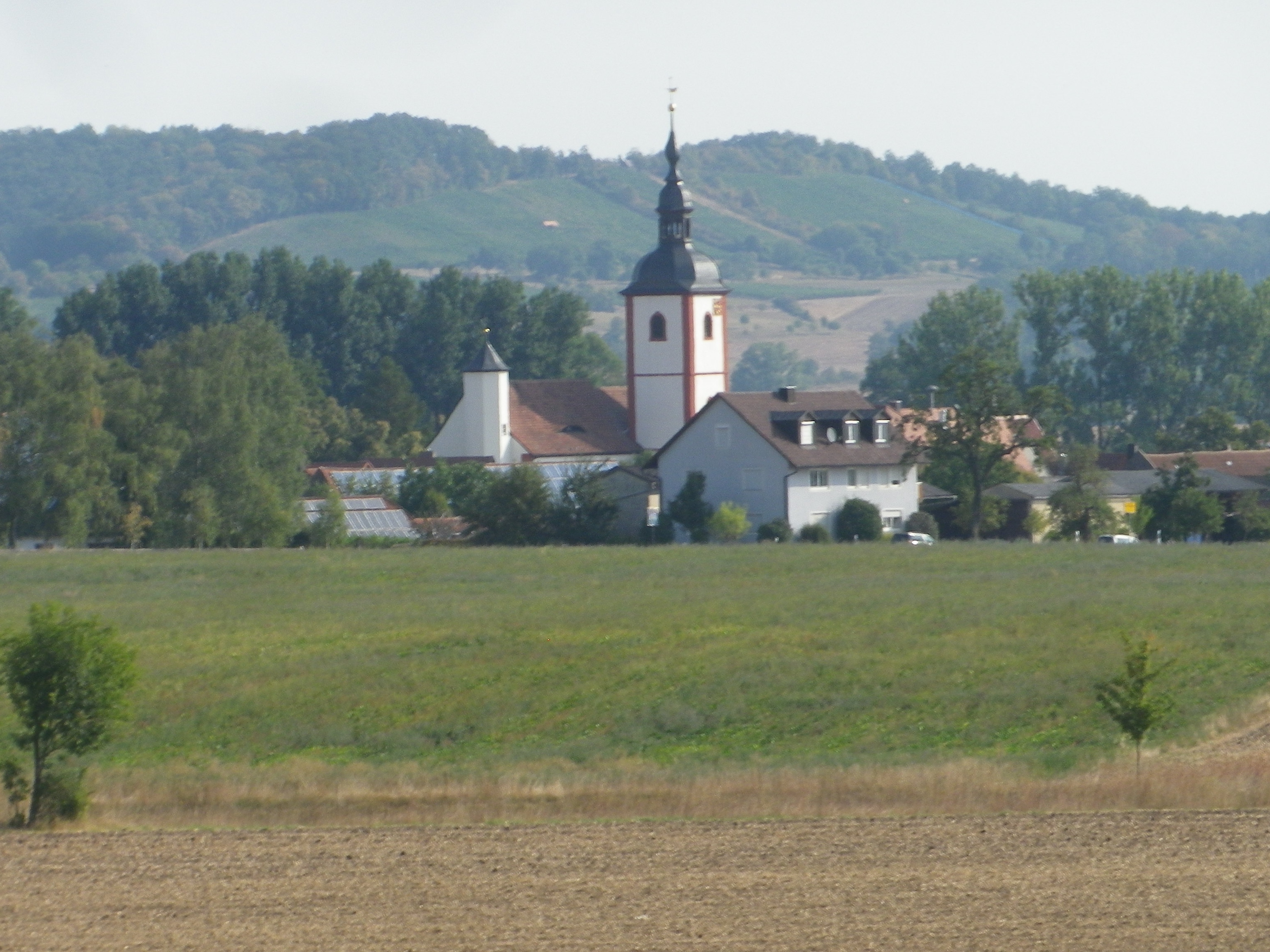
From there to Herbolzheim, and Krautostheim, I cycled along a mostly flat, peaceful, but definitely amber, landscape. (Despite my familiarity with grain fields at this point, I still couldn’t identify which grains were in them.) Herbolzheim was another small village, which like Ingolstadt, shares its name with a larger town elsewhere in Germany.
From Krautostheim, I left the trail and headed toward Bad Windsheim, where, as the name implies, there is a spa, with a large pool. No wine for me that day, just lots of water, for inside and out, and memories of a pleasant circuit in this little visited corner of Franconian wine country.
